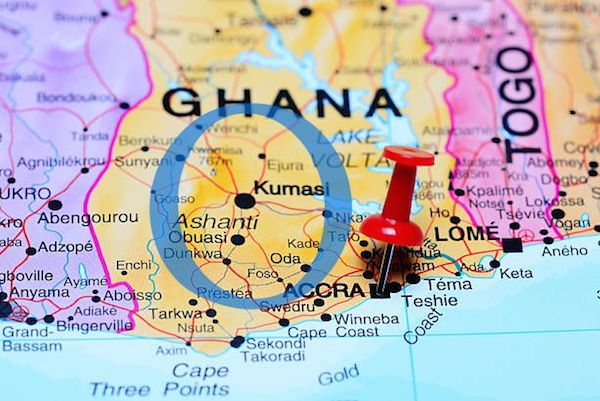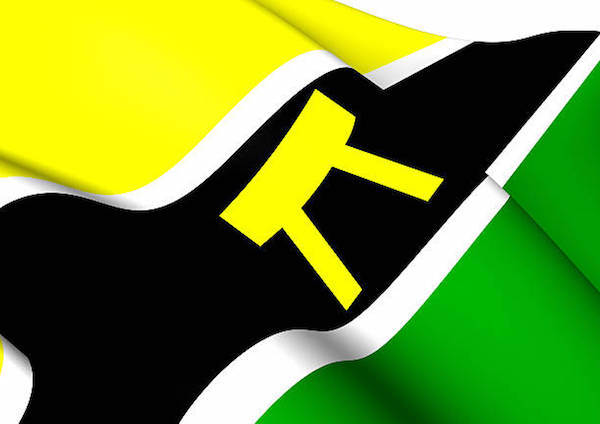Ashanti Empire – Ghana History

The History Of The Ashanti Empire
The Asante, composed of small chiefdom as an ethnic subgroup of the Akan people.
In the late 1600s, the Ashanti dominated the modern day Kumasi and became a very powerful clan following their tribe’s encounter with the European gold miners.
The expansion can be traced to the smooth relationship between the European gold miners who consistently trade the gold of all the clans in the cities.
This was the primary reason for naming the region Gold Coast.
The Portuguese supplied weapons in exchange for their gold that the clan believed was of no use at the time because they had in abundance.
Read Also: Travel Africa
This allowed the small clan/state to grow its armoury and market trading compared with other neighbouring clans.
In 1701, Osei Tutu became the new king (Asantehene) and a new priest, Komfo Anokye was also installed.
The duo led a campaign to unify the chiefdoms into a formidable military and political clan in the coastal region.
To maintain the territory, the Aantehene made Kumasi the capital.

A new constitution for the entire clan. This led to the creation of a cultural festival, Odwira to celebrate the union of all the Akan clans.
Lastly, the Asantehene, Osei Tutu, created a Golden Stool to symbolize the ancestors of all the Ashanti and as a result, made only his tribe the heir to the throne. Osei Tutu’s reign lasted till 1717.
Since then new empire lived on gold, the Asantehene ensures gold mines are royal possessions and made gold dust a legal tender in the empire.
People design clothes with gold dust and the larger gold ornaments were owned by the royal family, making the wealthy more valuable.
Recommended Stories: Castles In Africa
Sooner, the gold was made into pieces of jewellery, statuary and other beautiful fashion patterns.
The tide turns in the 1800s as the empire that once lived on gold now had to venture in the slave trade in exchange for valuable
finished goods and other materials such as firearms from the British, French, Dutch and Portuguese slave masters.
They then started trading northern captives and in other to improve on their trade, extended their captives to Hausa traders to meet up with the overwhelming demand of the slave masters.
As a result, the Ashanti Empire had to fight many wars in an attempt to extend or defend their territory and gather more slaves for trade.
Recommended Stories
These dealt a blow to the empire as the empire continued to grow weaker as a result of the loss of many soldiers.
By 1823, the British took an interest in the Empire and the British encroachment was successfully restricted for 50 long years before the British forces invaded the Empire and captured Kumasi.
The war was titled “The war of the Golden Stool”
Credit: Ghana Education/History/Schooling In Ghana/Research/FVV/First hand Info



